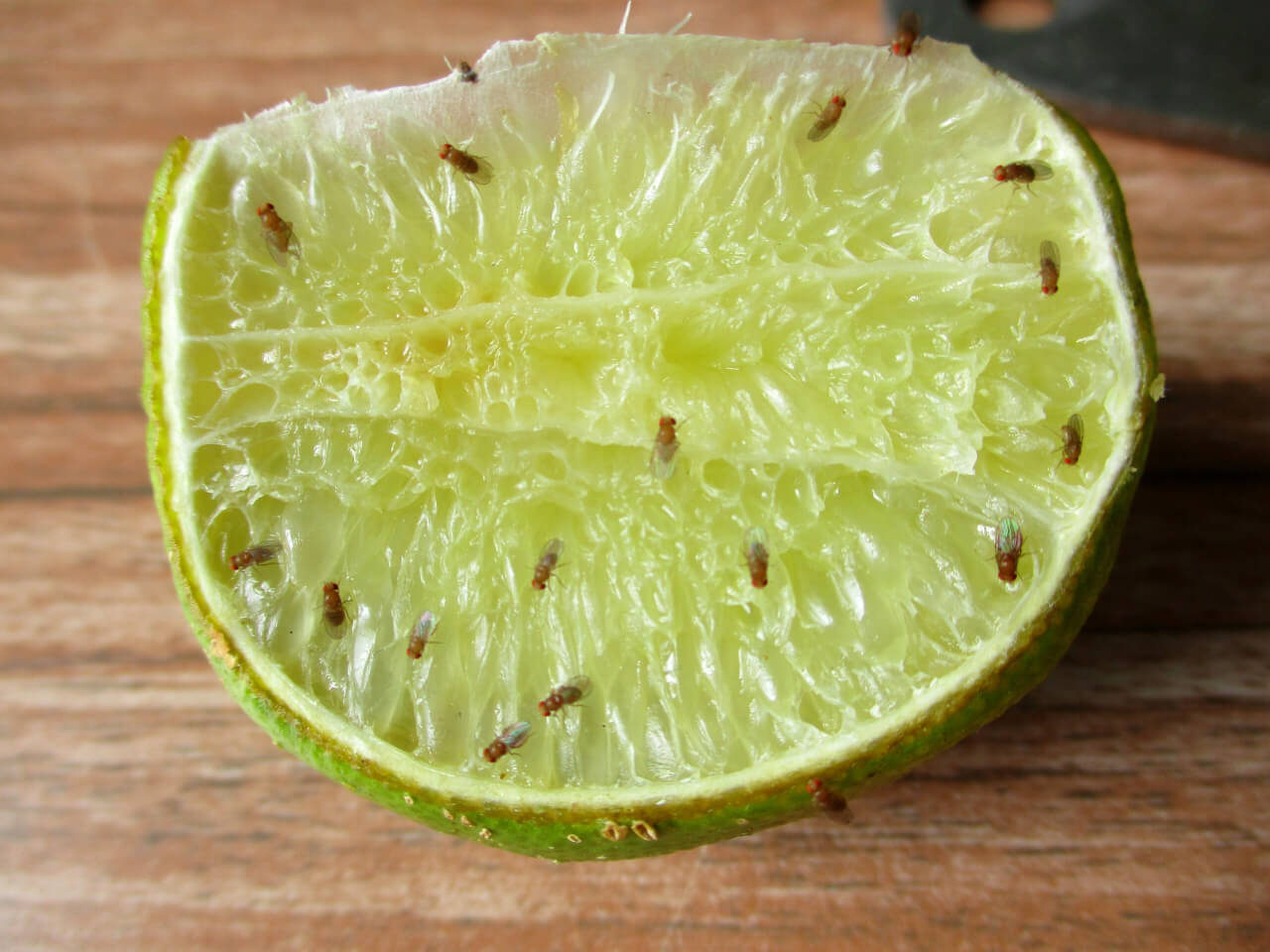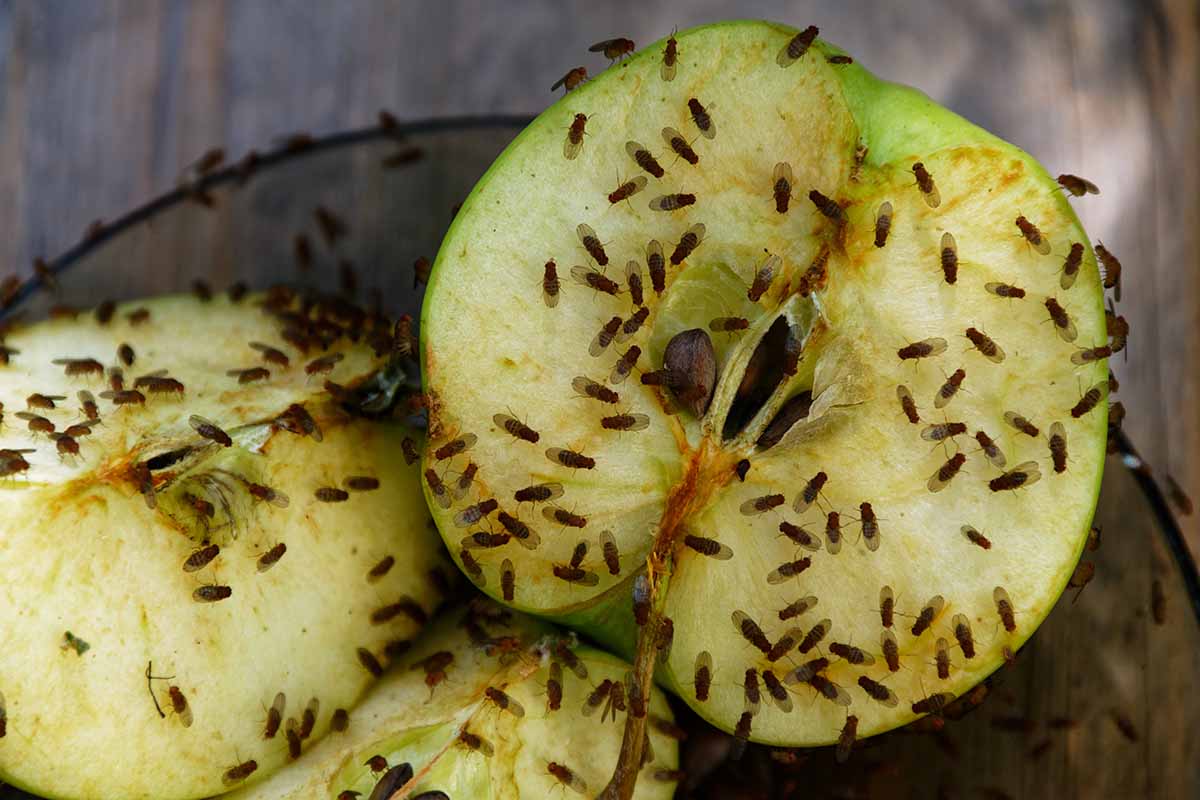Why Are Fruit Flies Attracted to My Plants?
Fruit flies are drawn to plants due to the presence of sweet or fermented substances, moisture, and warmth. These attractants are often found in ripening or overripe fruit, decaying organic matter, and humid environments. When fruit flies sense these attractants, they are drawn to the plants, laying their eggs and starting the infestation cycle. In particular, fruit flies in my plants are often attracted to the sweet, sticky, or fermented substances produced by plants, such as nectar, honeydew, or fruit sap. Understanding the reasons behind fruit fly attraction is crucial in developing effective strategies for managing their populations and preventing future infestations in your plants.
Identifying the Source of the Problem: Common Culprits
When dealing with fruit fly infestations in my plants, it’s essential to identify the root cause of the problem. Common culprits include overripe or rotting fruit, dirty pots, and contaminated soil. These sources can attract fruit flies, providing them with a food source and a place to lay their eggs. To inspect plants and identify the source of the infestation, start by examining the fruit or vegetables for signs of decay or damage. Check the soil and potting mix for moisture levels and any signs of mold or mildew. Also, inspect the surrounding area for any potential attractants, such as fallen fruit or dirty trash cans. By identifying and addressing the source of the problem, you can take the first step in eliminating fruit flies from your plants.
How to Get Rid of Fruit Flies in Your Plants Naturally
Eliminating fruit flies from your plants doesn’t have to involve harsh chemicals or pesticides. Instead, there are several natural and organic methods that can be used to get rid of these pesky insects. One effective approach is to use essential oils, such as peppermint, lemongrass, or citronella, which can be mixed with water and sprayed directly on the plants. Another option is to create a vinegar trap, where a jar is filled with apple cider vinegar and covered with plastic wrap, with small holes poked in it to attract the fruit flies. Sticky tapes or yellow sticky cards can also be used to trap fruit flies, which are attracted to the color yellow. These natural methods are not only effective but also safe for the environment and human consumption. When using these methods, it’s essential to remember that patience and persistence are key, as it may take some time to completely eliminate the fruit fly infestation in your plants.
Preventing Future Infestations: Best Practices for Plant Care
To prevent fruit flies in my plants from becoming a recurring problem, it’s essential to adopt best practices for plant care. Regular watering, pruning, and fertilization can go a long way in maintaining healthy plants that are less susceptible to fruit fly infestations. Overwatering, in particular, can create an ideal environment for fruit flies to thrive, so it’s crucial to ensure that the soil is not too moist. Pruning plants regularly can also help to remove any decaying or damaged fruit or flowers that may be attracting fruit flies. Additionally, maintaining a clean and dry environment around the plants can prevent fruit flies from being drawn to the area. This includes disposing of any rotting fruit or vegetables, cleaning dirty pots and utensils, and ensuring that the surrounding area is free of debris. By following these best practices, gardeners can significantly reduce the risk of fruit fly infestations in their plants.
Fruit Fly Traps: DIY and Commercial Options
When it comes to getting rid of fruit flies in my plants, traps can be an effective way to capture and eliminate these pests. There are various DIY and commercial options available, each with its own advantages and disadvantages. One popular DIY trap is the wine or beer trap, where a jar is filled with a small amount of wine or beer and covered with plastic wrap, with small holes poked in it to attract the fruit flies. Another option is to use commercial sticky traps or UV light traps, which can be purchased at most gardening stores. These traps use a sweet-smelling liquid or UV light to attract the fruit flies, which then get stuck to the adhesive surface. When choosing a trap, it’s essential to consider the cost, effectiveness, and safety of each option. For example, DIY traps may be more cost-effective, but commercial traps may be more efficient at capturing fruit flies. By using a combination of traps and other control methods, gardeners can effectively manage fruit fly infestations in their plants.
Organic Pest Control Methods for Fruit Fly Management
When it comes to managing fruit fly populations in plants, organic pest control methods can be a highly effective and environmentally friendly approach. One such method is the introduction of natural predators, such as parasitic wasps or lacewings, which feed on fruit fly larvae and eggs. Another option is to use pathogens, such as fungi or bacteria, that specifically target fruit fly populations. Additionally, introducing beneficial nematodes, which attack fruit fly larvae, can also be an effective control method. These organic pest control methods offer several benefits, including being safe for humans and the environment, as well as being a long-term solution to fruit fly infestations. However, they may require more time and effort to implement, and may not provide immediate results. By understanding the benefits and limitations of these approaches, gardeners can make informed decisions about how to manage fruit fly populations in their plants and prevent future infestations.
Fruit Fly Life Cycle: Understanding the Enemy
To effectively manage fruit fly infestations in plants, it’s essential to understand the life cycle of these pests. Fruit flies undergo a complete metamorphosis, consisting of four stages: egg, larva, pupa, and adult. Adult fruit flies mate and lay eggs near the surface of fermenting or decaying substances, such as overripe fruit or dirty pots. The eggs hatch into larvae, which feed on the surrounding material and grow. After several days, the larvae enter the pupal stage, during which they transform into adult fruit flies. This life cycle can repeat itself in as little as seven days, leading to rapid population growth and infestation. By understanding the fruit fly life cycle, gardeners can identify the most vulnerable stages and target their control methods accordingly. For example, eliminating breeding sites and removing fermenting substances can prevent egg-laying and larval development. Additionally, using traps or organic pest control methods can target adult fruit flies and disrupt the life cycle. By grasping the intricacies of the fruit fly life cycle, gardeners can develop a more effective strategy for managing fruit flies in their plants.
Conclusion: Winning the Battle Against Fruit Flies in Your Plants
In conclusion, managing fruit fly infestations in plants requires a comprehensive approach that addresses the root causes of the problem. By understanding why fruit flies are attracted to plants, identifying the sources of infestation, and implementing natural and organic control methods, gardeners can effectively eliminate fruit fly populations. Additionally, adopting best practices for plant care, using fruit fly traps, and exploring organic pest control methods can help prevent future infestations. Furthermore, grasping the intricacies of the fruit fly life cycle can inform effective control and management strategies. By combining these approaches, gardeners can win the battle against fruit flies in their plants and enjoy a healthy, thriving garden. Remember, a multi-faceted approach is key to successfully managing fruit flies in my plants and maintaining a pest-free garden.




:max_bytes(150000):strip_icc()/__opt__aboutcom__coeus__resources__content_migration__mnn__images__2018__06__fruit_fly_trap-ece4039a2daf403090d95d1c6da0b411.jpg)

